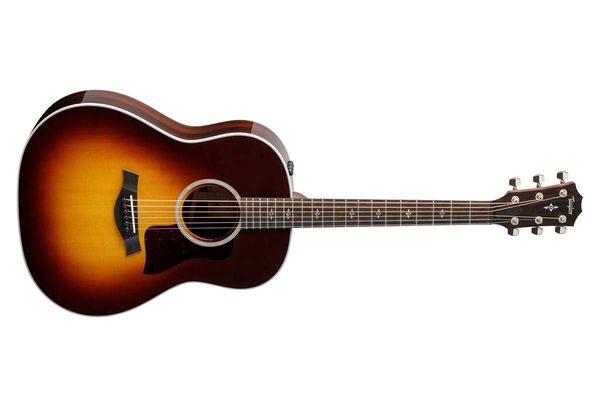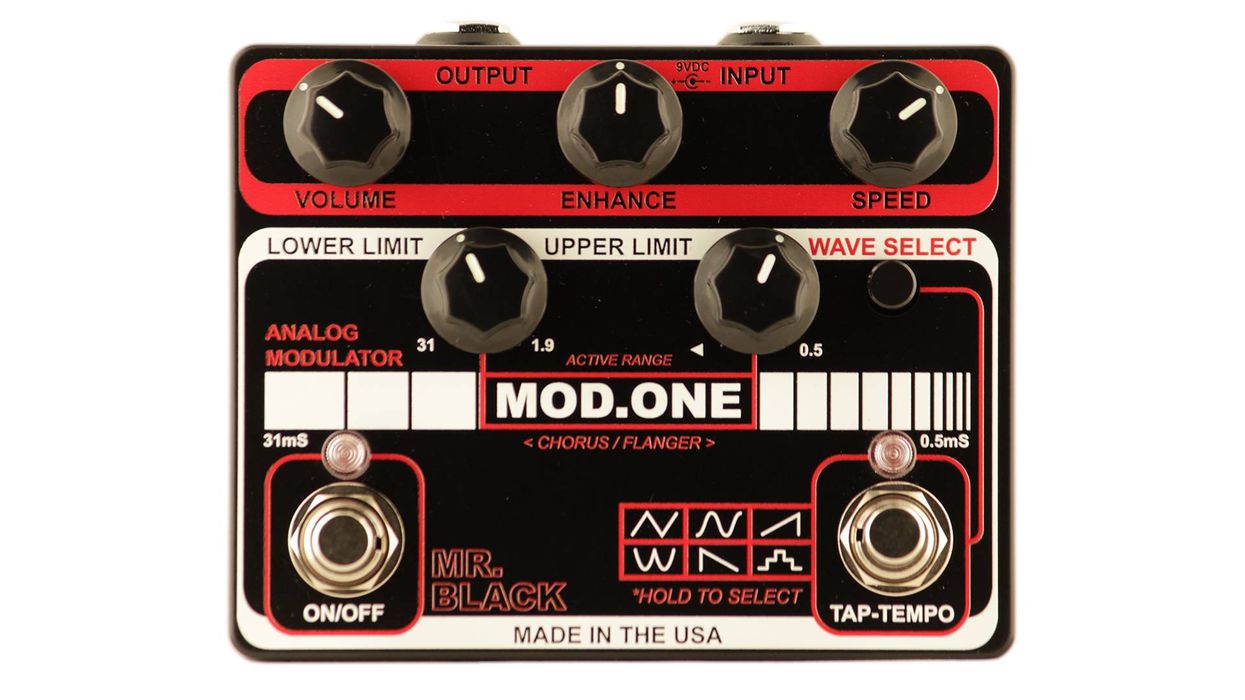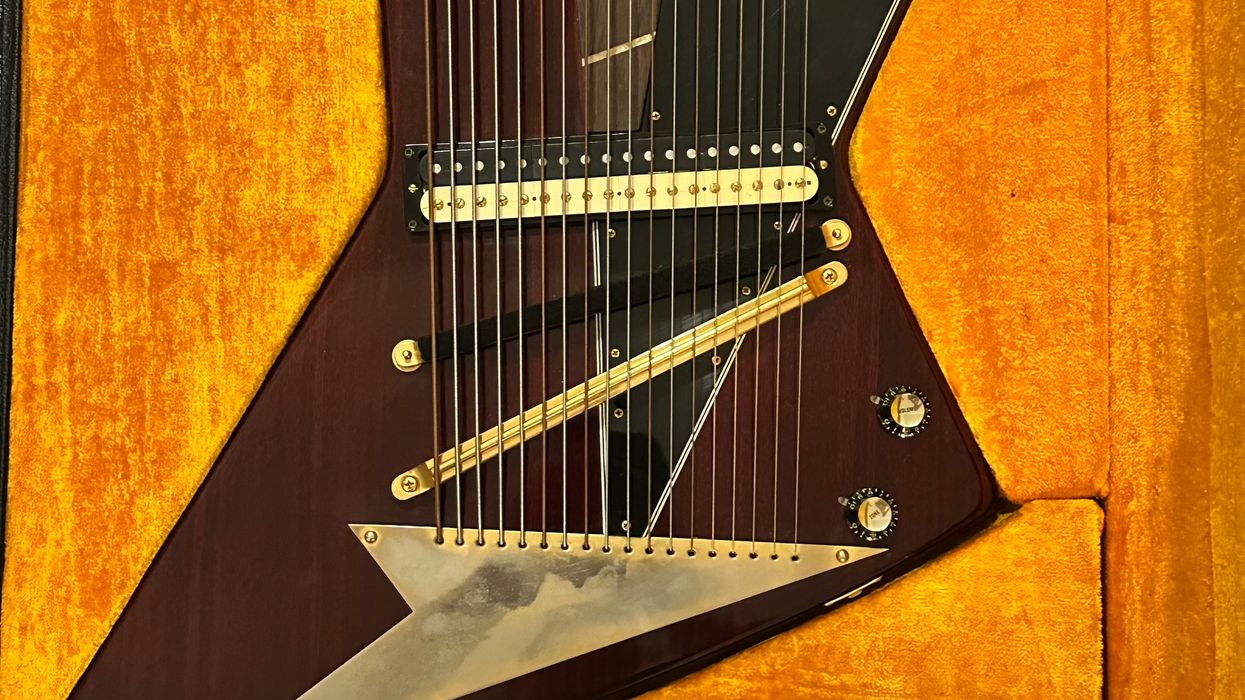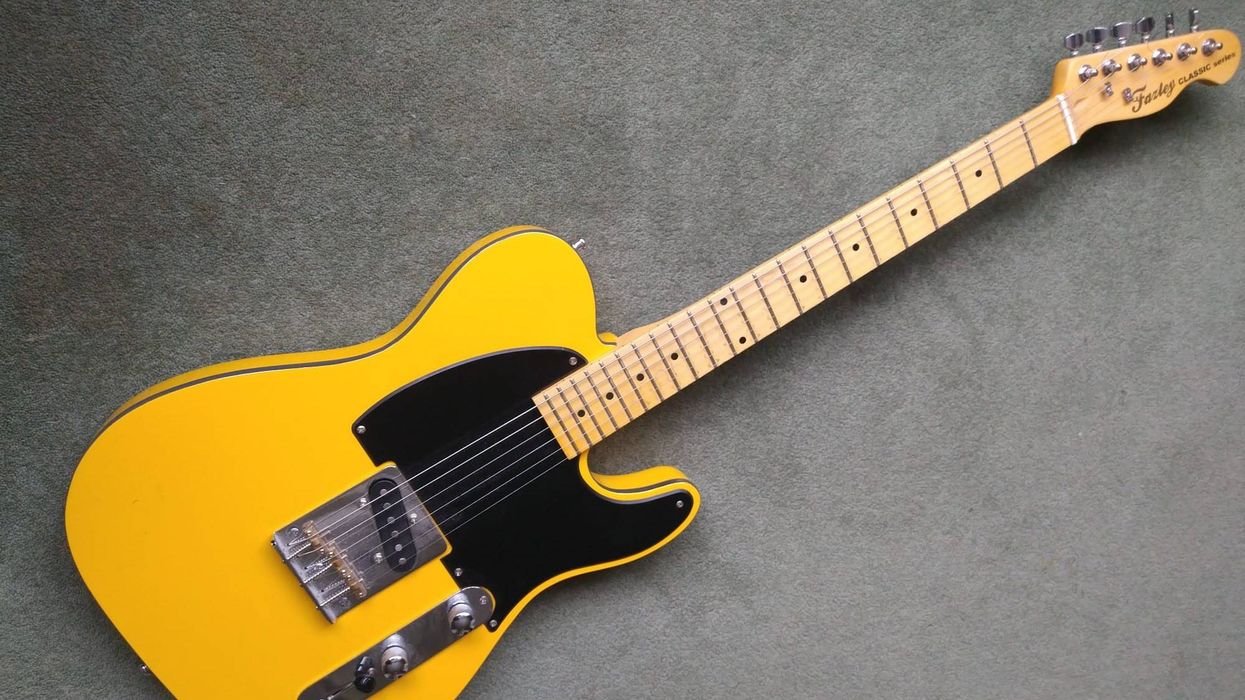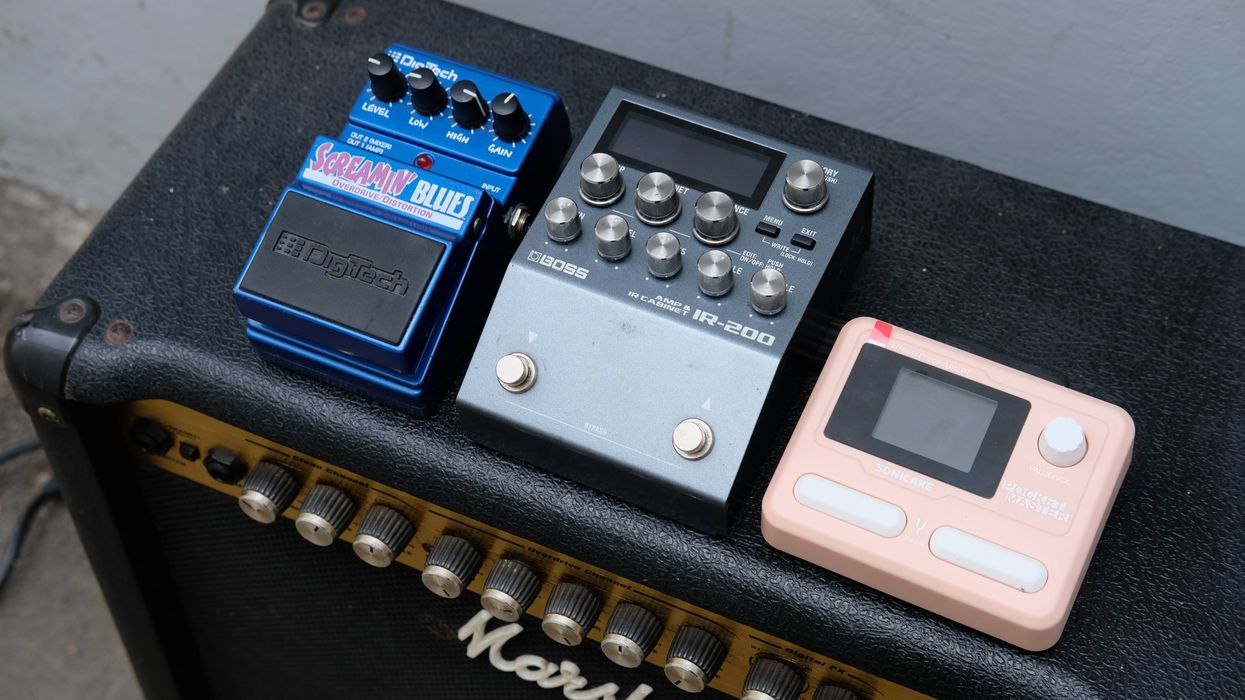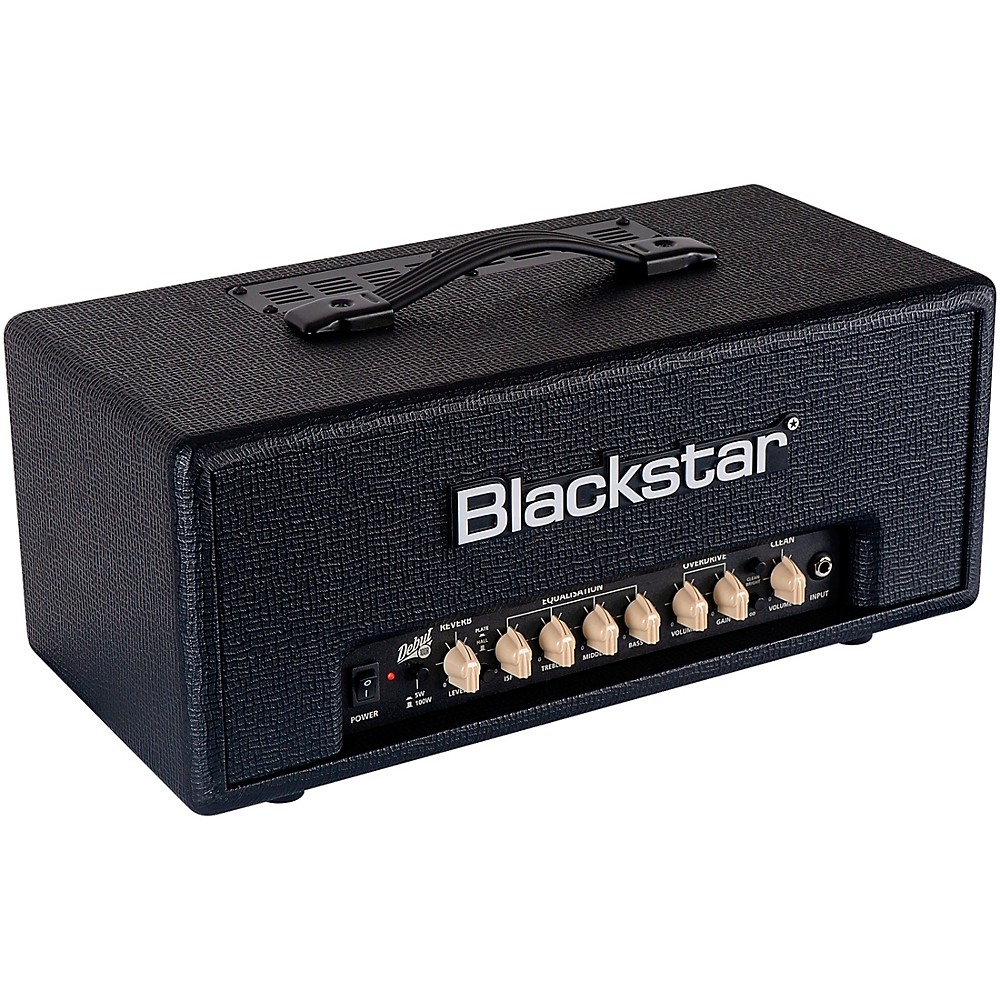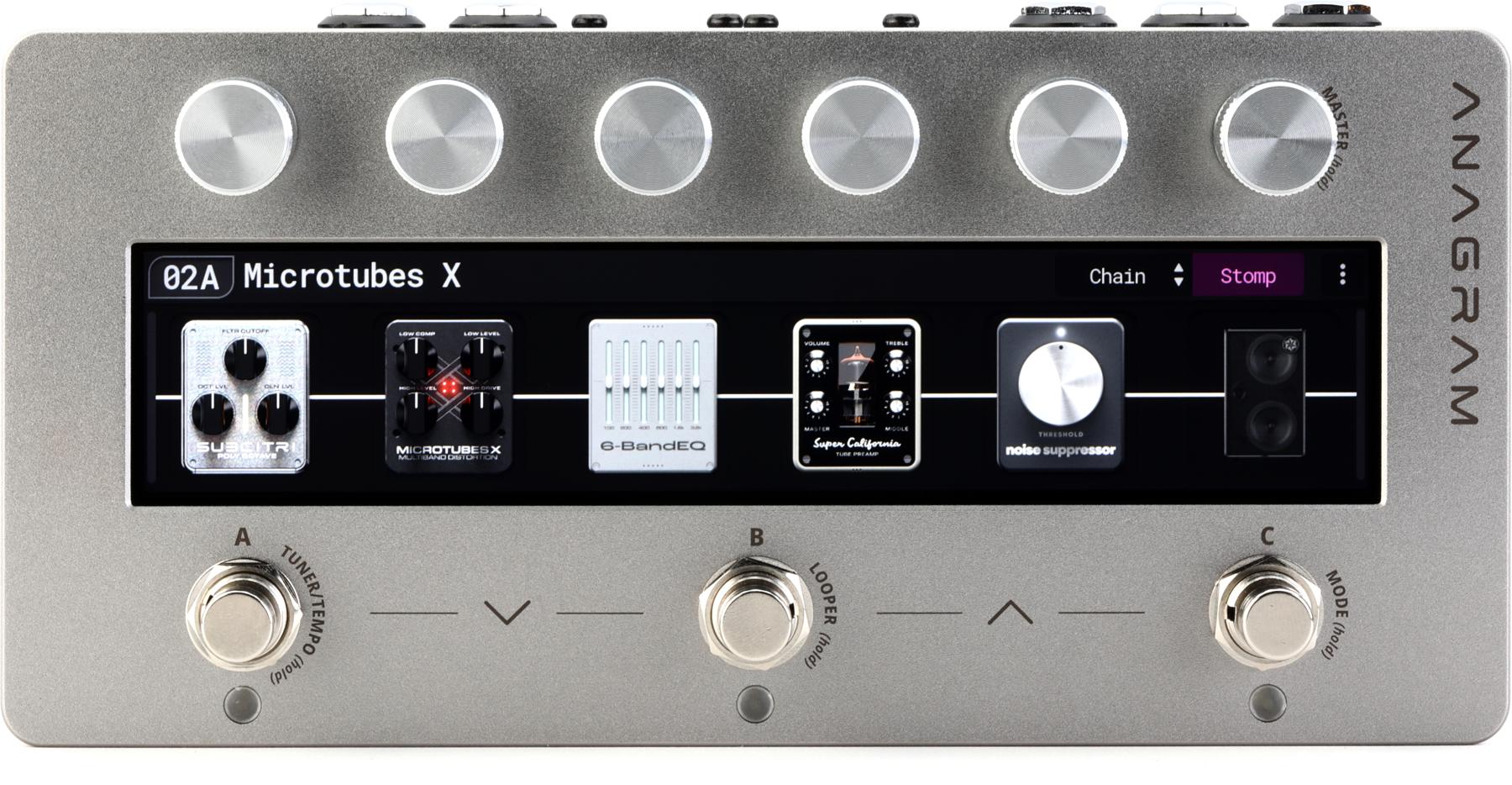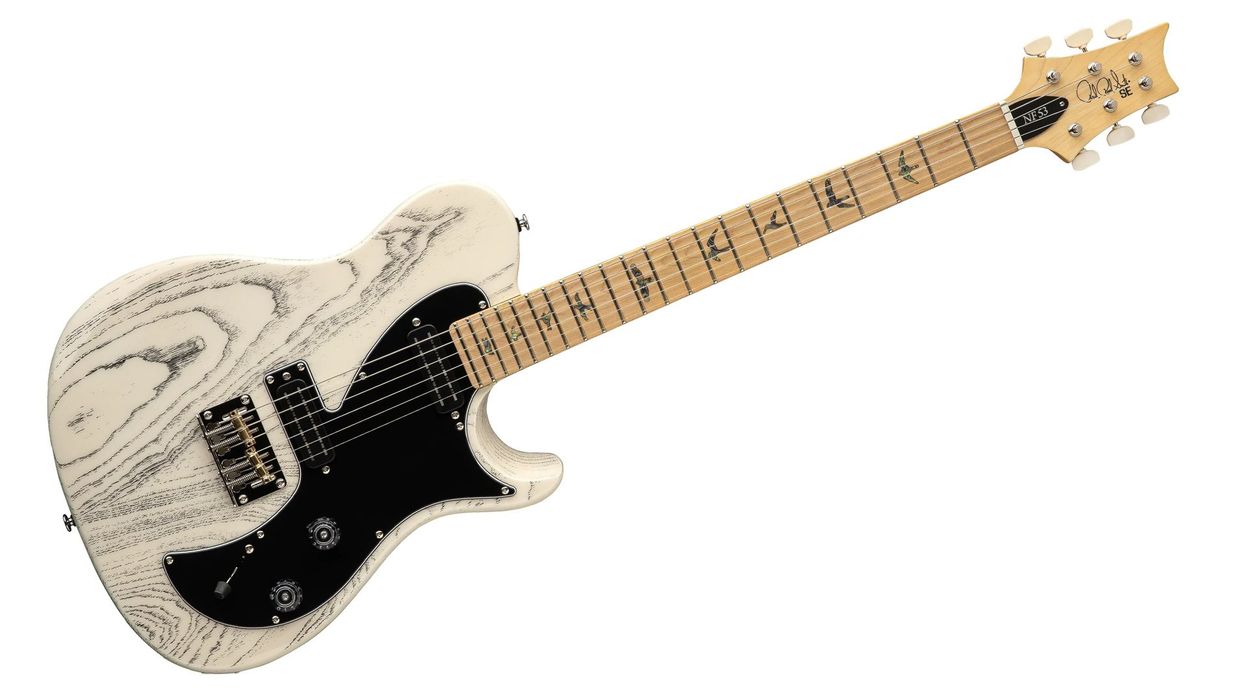The great guitars that Taylor produced in nearly 50 years of existence would probably justify cruising on the back of past successes. But Taylor still seems to genuinely enjoy pushing back against flattop design dogma. They’re very much at ease with the notion that their guitars are alternatives to more traditional fare and perceived in some quarters as “modern” sounding—which in Taylor’s case is generally shorthand for meticulous balance between high, middle, and low registers, immaculate intonation, and easy-on-the-engineer recordability.
Taylor’s 417e doesn’t look particularly modern at a glance. It looks fancy, certainly. But at most angles, the slope-shoulder Grand Pacific profile and tobacco sunburst finish make the Taylor look like a loving, upmarket homage to the Gibson J-45. Prominent as the J-45 influence is, it’s mostly skin deep. Taylor’s V-bracing instead ensures that the 417e tones shine with the modernity that sets many Taylors apart. And the combination of mid-century aesthetic, silky playability, and bright, lively personality make the 417e an inviting instrument that can be hard to put down.
Wave Relations
I once heard Taylor master designer Andy Powers liken his thoughts about sound waves to the experience of watching waves from high on a bluff. When you look inside, or at a picture of a cross section of the 417e’s bracing, it’s easy to see manifestations of that sound-and-sea point of view. The back braces are angled forward toward the bass side of the instrument like breaks coming off a point. The V-bracing on the top, meanwhile, tapers back toward the endpin like the prow of a ship. It’s hard to quantify the effects of different bracing arrangements. But Powers insists that V-bracing improves volume and sustain, and generates more even harmonic response, which is already a Taylor trademark. It only takes a few strums to hear that none of those claims are a stretch.
While the combination of Indian rosewood back and sides and a Sitka spruce top guarantee snappy response in just about any well-made guitar, the 417e is pretty bright for a dreadnought. There’s a lot of high midrange, too. But none of that top-end frequency emphasis results in harshness or stridency. And for all the push in those toppier ends of the frequency spectrum, each of the highest strings exhibits contoured attack and a soft decay. In fact, there were times I felt the attack and decay were almost too civilized on the third and fourth strings. That’s a very personal observation—I’m sure most players would dig the 417e’s even response. (I frequently gravitate toward an aggressive flatpicking touch and certain “ugly” sounds on an acoustic.) Whatever your approach, the combination of soft attack, extra sustain, and gentle decay results in great balance—almost as if you put studio compression on a recording of the instrument.
The 417e’s capacity for sustain, meanwhile, pairs nicely with its capacity for volume. While individual notes don’t always bloom the way they do on some dreadnoughts, the 417e’s sustain means there is room to let notes linger in space. That’s the kind of dynamic that can reshape a songwriter’s compositional perspective. It also makes the 417e a great fingerstyle dread—an animal not often seen nor heard in the wild.
Immaculate Execution
It almost gets boring talking about the construction quality of high-end Taylor instruments, because I never see one that’s anything less than immaculately put together. The 417e is more of the same. Go ahead, look it over with a microscope. You’re not likely to find an obvious flaw inside or out. You should expect as much for nearly $3k, and the 417e delivers. Some small details, like the inlay and rosette, may be just non-traditional enough to put off purists, but the deviations from old-school ways are subtle and distinctive. Some standard Taylor features, like the plastic truss-rod cover, seem a little cheap given the top-shelf price. I also wouldn’t mind seeing the controls for the excellent Expression System 2 electronics moved to a less obtrusive location like the soundhole, but there’s no questioning how easy they are to see and use in a performance situation.
The Verdict
Players that gravitate to the 417e in part for its handsome, J-45-like slope-shoulder profile and pretty tobacco burst finish should expect a guitar that sounds very different than the old Gibson workhorse. It’s louder, brighter, and less dusty. And for a lot of players, the marriage of traditional slope-shoulder style and a balanced-but-high-mid-forward voice will be a winning one. It’s a very forgiving guitar in recording situations. The playability is as nice as you will find on a flattop, and its dynamic and touch-sensitive qualities combine with its volume and headroom to make it well-suited to nuanced fingerstyle every bit as much as hard and heavy strumming. Such range makes the 417e a great performance instrument and helps justify the premium price. And if the 417e’s convergence of “now” tones and mid-century American style suits your own, it will not be hard to extract every penny of that investment from this beautiful and beautifully made guitar.

